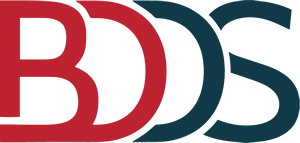




The recent emergence of neuroimaging genomic databases of large healthy and diseased cohorts enables new approaches for scientific discovery, known as discovery science, to perform broad surveys examining true system-level gene-brain associations. In contrast to traditional scientific practice where hypotheses are formed before the analysis on specific data, discovery science develops and tests new hypotheses against large data collections at a system-level rather than by examining limited data solely to validate a predetermined hypothesis. The large data volume (thousands of subjects and tens of thousands of files) and complexity requires intensive computation that is difficult to accomplish using conventional methods.
Neuroimaging based phenome-wide association studies (PheWAS) is a big data discovery approach to systematically explore relationships between behavioral, environmental, or genetic factors of interest and a wide variety of neuroimaging markers (phenotypes) using a unified factor-to-phenotype strategy. Neuroimaging PheWAS System addresses the challenges that researchers face when dealing with neuroimaging based PheWAS on a large scale. It combines state-of-the-art algorithms with an easy-to-use graphical user interface (GUI), a web-based visualization tool for real-time result manipulation, and a cloud-based elastic computational infrastructure.
Using the Neuroimaging PheWAS System, researchers can upload big neuroimaging genomic data to the tool, interactively select the neuroimaging analysis methods and define the association analysis models. Once the analysis protocol is stabilized, the tool will translate the protocol into high performance workflows and submit the jobs to our LONI Pipeline grid computing system. Analysis results will be returned to the web server. Users can browse and manipulate the results in real-time using the web-based visualization tool.
The NeuroimagingPheWAS Toolbox has been used for the PheWAS approach